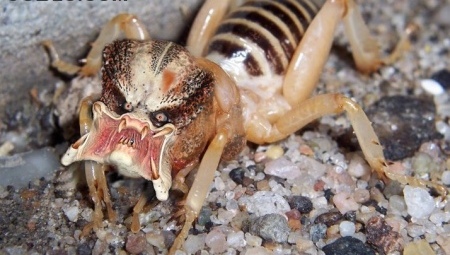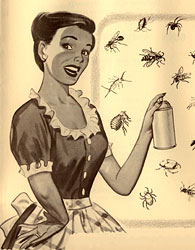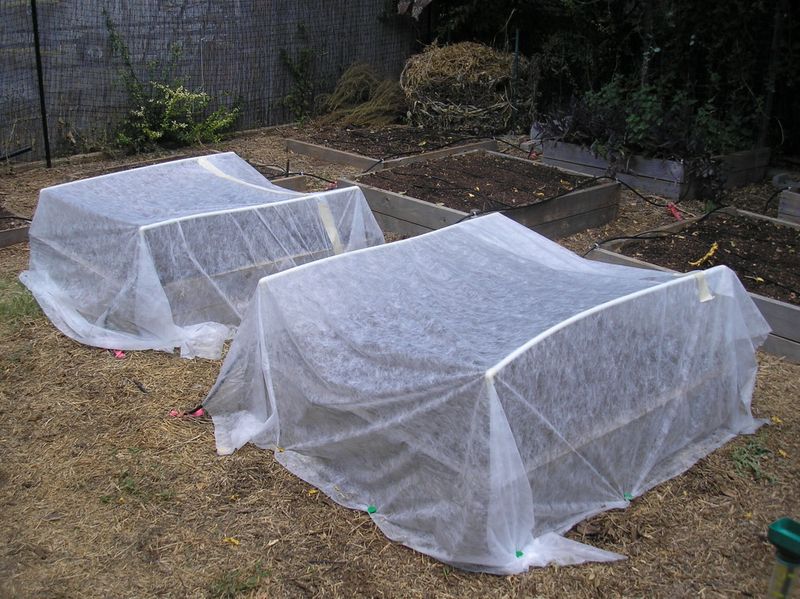Battling bugs can be a source of stress and discomfort for gardeners, particularly folks like me who really, really, don’t like killing things. There’s no way around it so lets dig into some tried and true (and some disappointing) ways to get rid of garden pests.
Healthy plants have a better resistance towards pests than plants that are drought stricken, water logged, or otherwise fragile. Taking care of your garden from the root up is its best defense against viruses and even some bugs. But even the healthiest plants aren’t indestructible meaning that organic gardeners must retreat to a limited tool belt of insecticides and covers to defend the garden.
Insecticidal Soaps
I began with insecticidal soap. I have not noticed a huge difference amongst the brands that I’ve tried. Many use the same active ingredients and offer comparable performance. Rain is the biggest challenge that I’ve run into with insect killing soaps. Most products I’ve found can’t be used in rainy weather for obvious reasons. If your area goes for a week of overcast weather and rain, a significant amount of damage can be done to your vegetables. There isn’t a whole lot you can do about it other than try to pick off each and every little bug by hand. Depending on the size of your garden and your personal responsibilities, that’s not always an option.
To date, my veggies have seen the likes of Safer Insect Killing Soap
Natria Insecticidal Soap by Bayer, and Garden Safe Insecticidal Soap. Natria was my least favorite, maybe because I associated it with big pharm and not because of its performance. They were all fine when used properly. I noticed the slightest discoloration on my tomatoes when using Safer but I might have applied it when too much daylight is available, which the label warns against.
One application of insect killing soap lasts for about one week without rain or…a plague. Application can be tricky. The little jugs are the most economical but then you must dilute them yourself and buy your own sprayer to apply it. The bottles that can attach to your garden hose cost more but they are also more convenient. The downside is that you can’t spray the underside of leaves easily when using the water hose. The force of the water may also knock off flowers, buds, and tiny vegetables. Buying a little hand-held spray bottle lets you get under leaves but it takes forever. Literally, forever.
Safer Garden Dust has been my absolute least favorite. Does it work? Yeah…it kills bugs. But the challenge is applying the powder properly. The power comes in this poorly-designed container that releases the product in uncontrollably thick puffs. It’s not even as consistent as a baby powder bottle, which would make more sense. Consistency matters. If you apply too much, it will burn your plants. If you apply it with too much access to sunlight, it will burn your plants. The best success is applying it after sunset by dumping it into a bowl and brushing the leafy vegetables with it using a makeup brush and quite frankly that’s too time consuming. I only do it to a few plants on my patio simply because I’ve already bought the stuff and don’t want it to go to waste. I won’t be buying it again.
Floating Covers
I haven’t tried floating row covers yet but it is definitely on my list for fall, especially since I’ve got a lot of leafy vegetables in the works. These row covers not only protect against legged and winged pests but they can also minimize the viruses that the bugs can carry. My tomatoes got mosaic virus and I really don’t want that to happen again.
Apparently there are a variety of fabric choices and application options. When I begin, I will put up a separate post about what I choose.
Has anyone tried a homemade organic bug killer that they’d like to share? I would like to try that with my floating cover method for the fall!


